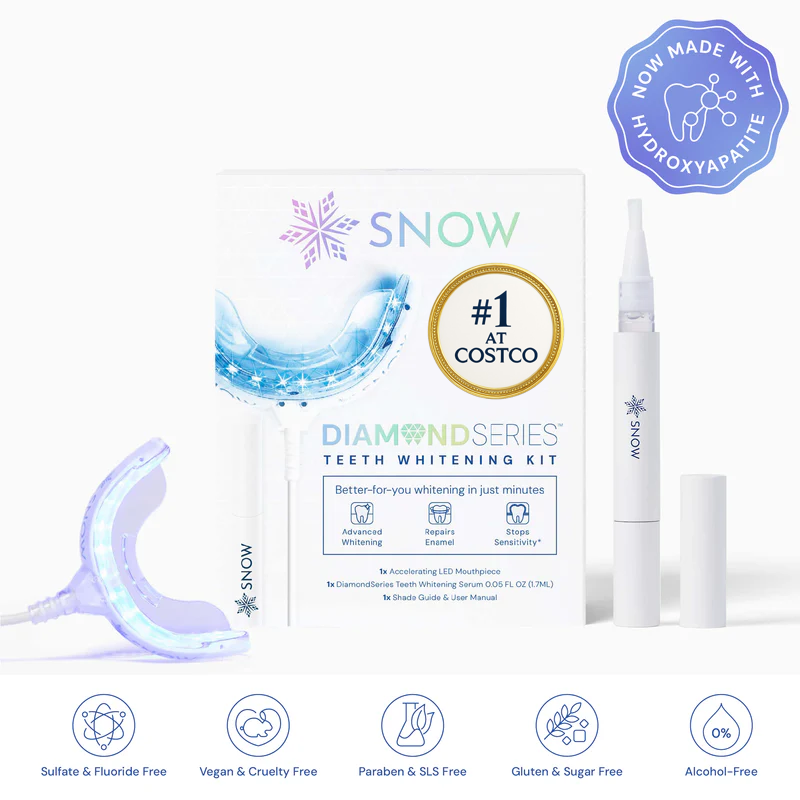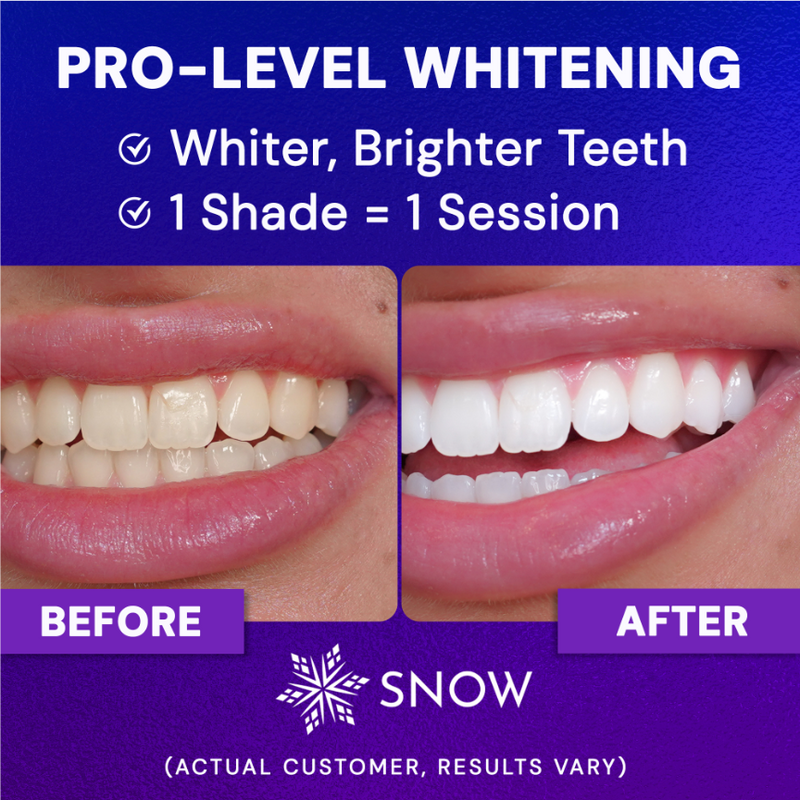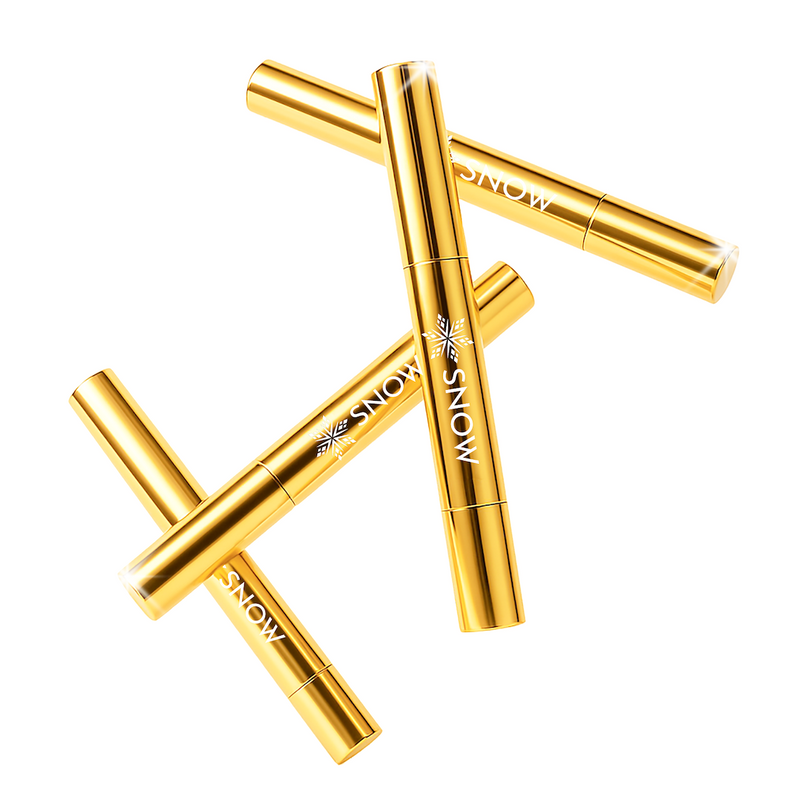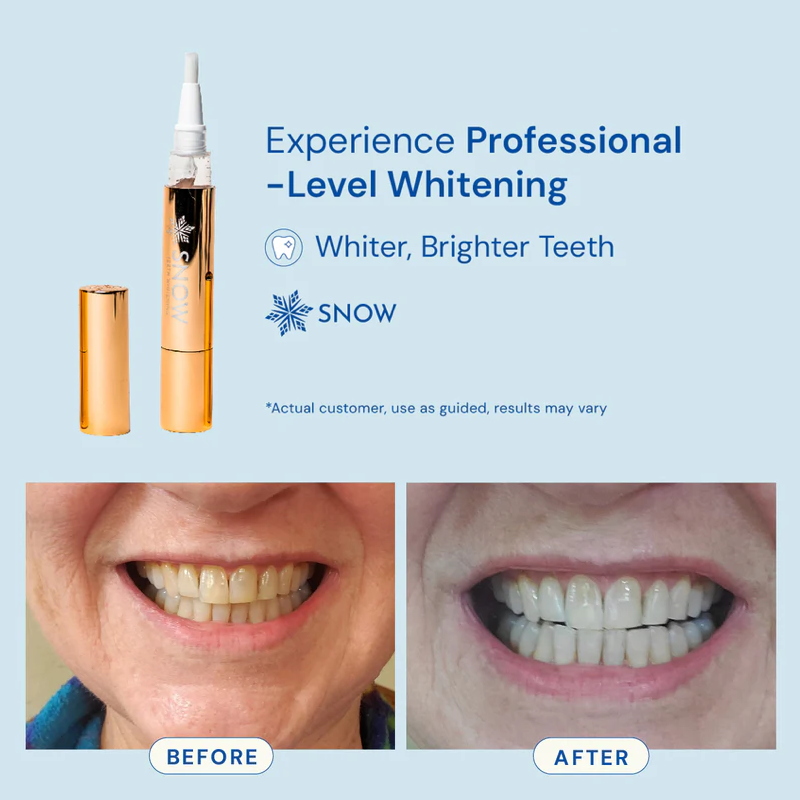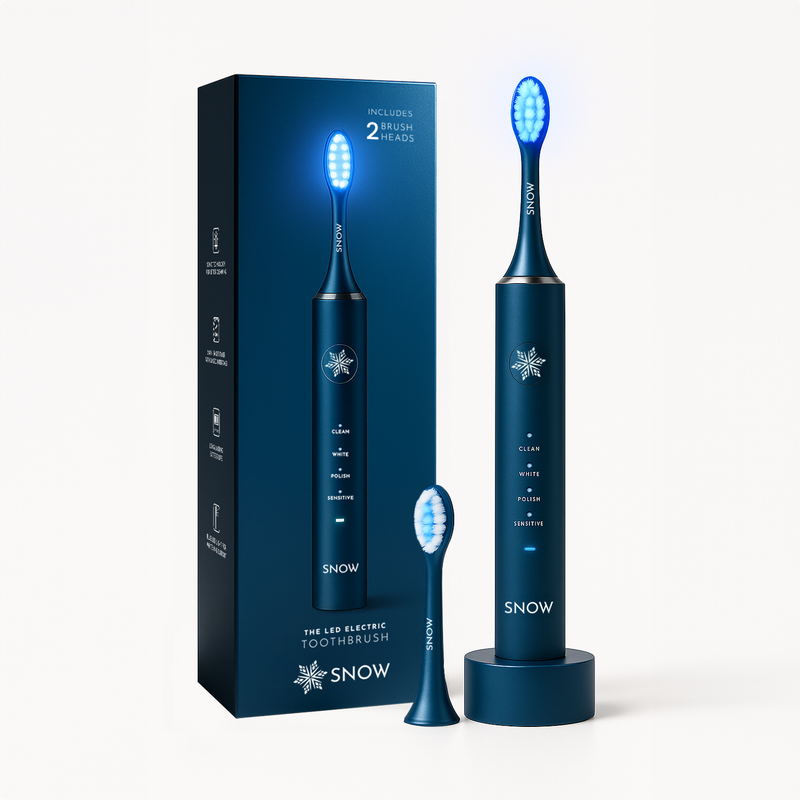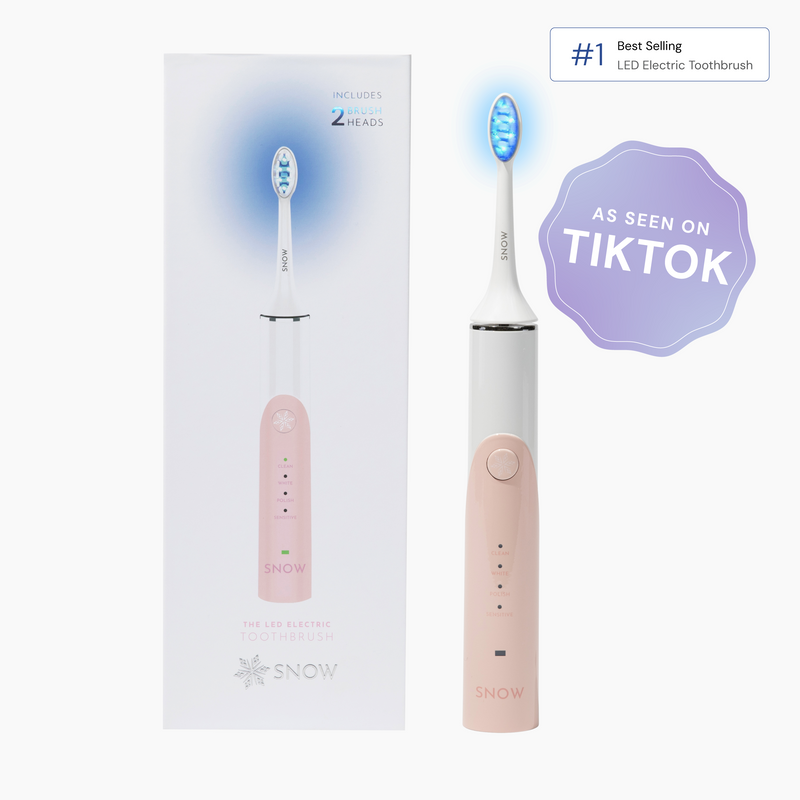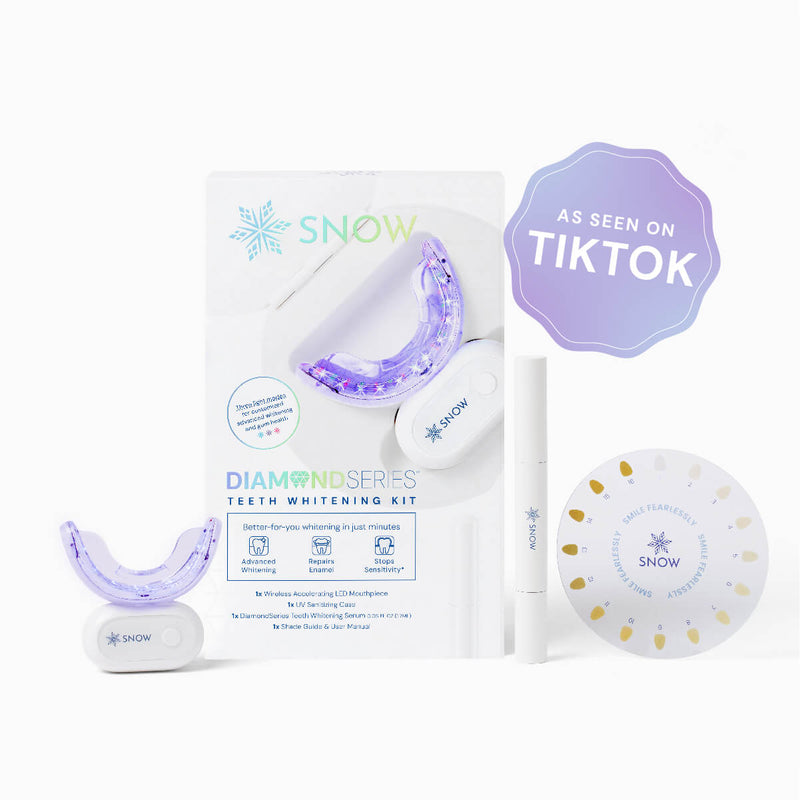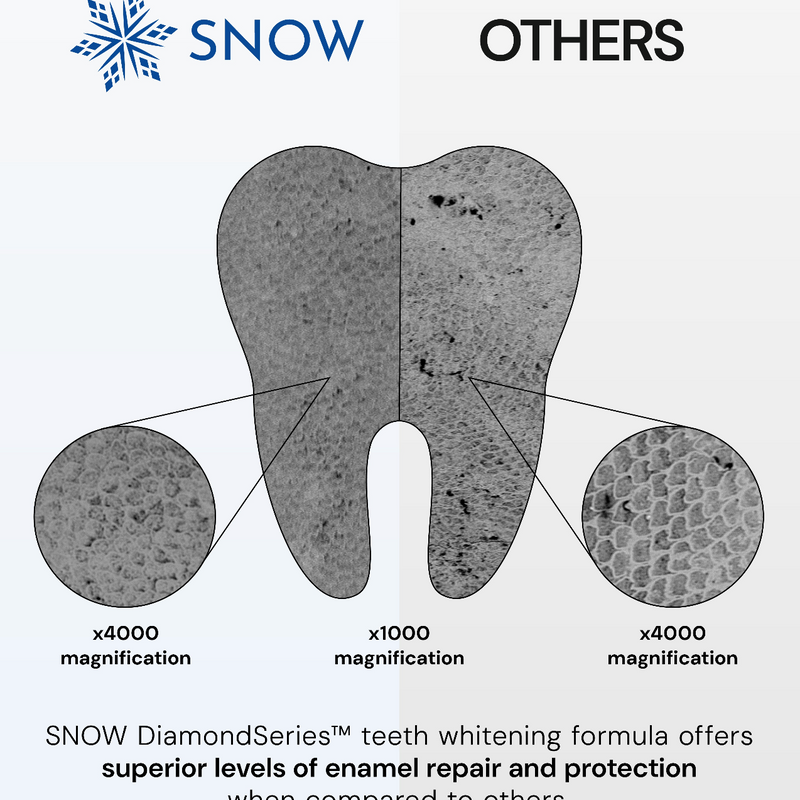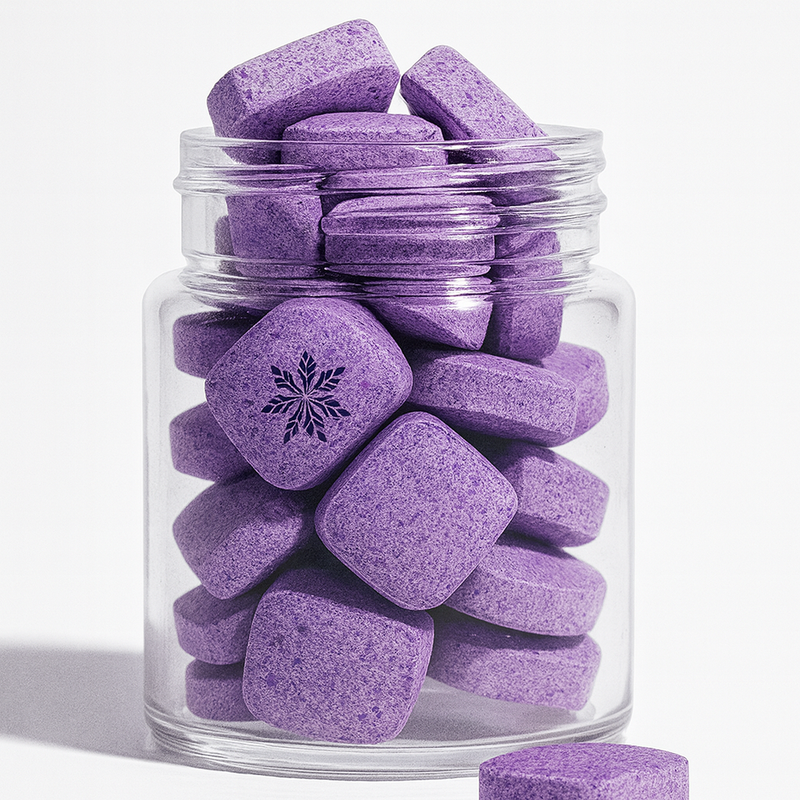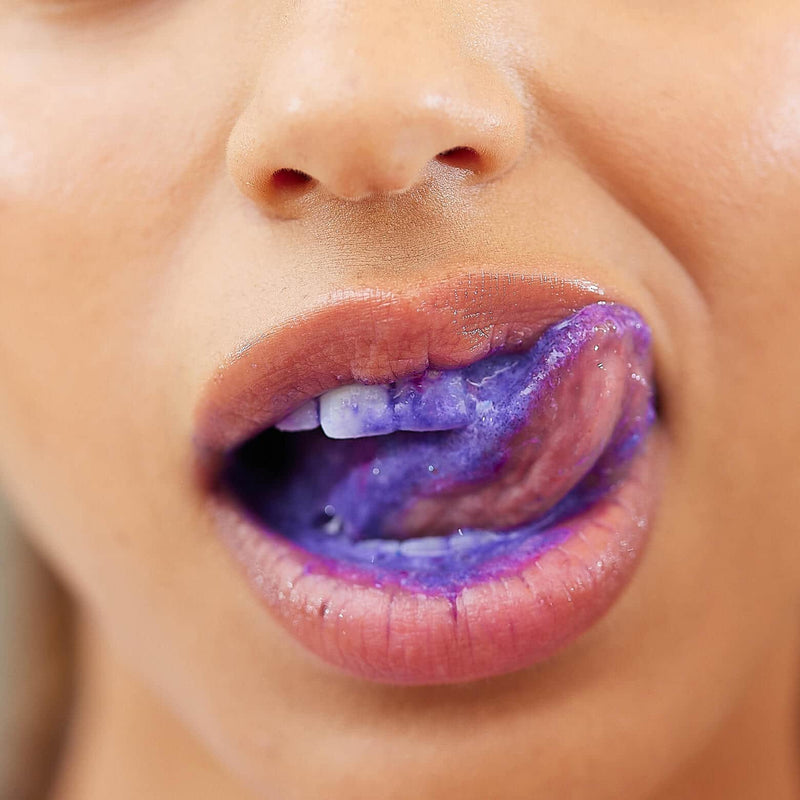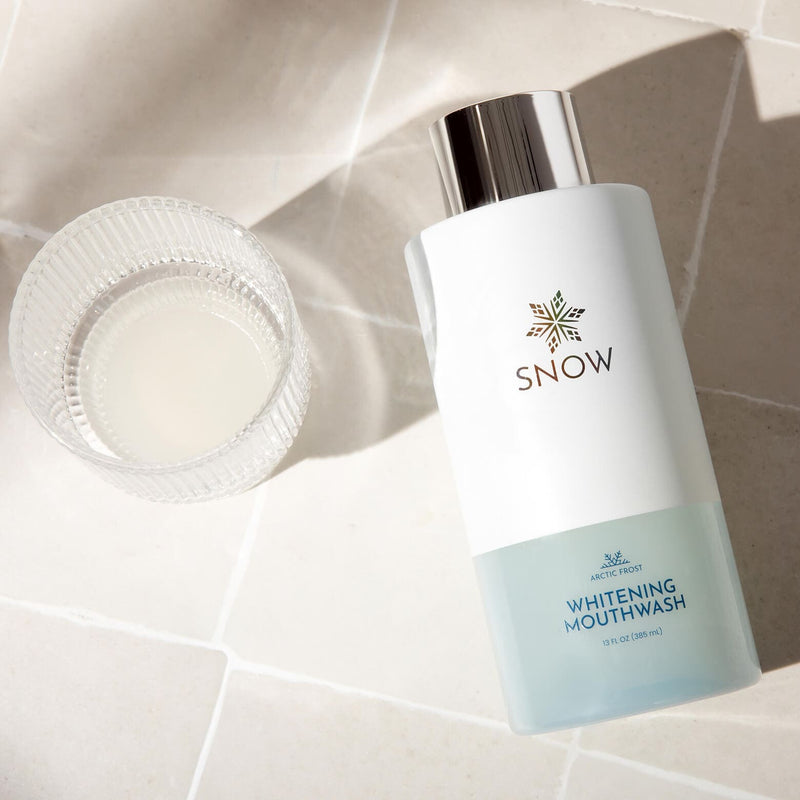Teeth whitening is one of the easiest ways to refresh your smile, but if you have dental fillings, the process is not always straightforward.
Whitening treatments brighten natural tooth enamel, yet restorations like fillings, crowns, and veneers do not respond the same way.
The result can sometimes be uneven color or visible contrast between teeth and dental work. In this guide, we’ll break down how whitening interacts with different types of fillings, what risks to consider, and the professional and at-home solutions that can help you achieve a confident, even smile.
Do Teeth Whitening Products Work with Fillings?
Teeth whitening with fillings can be tricky because whitening products are designed to act on natural teeth, not restorations. Bleaching agents such as carbamide peroxide and hydrogen peroxide penetrate porous enamel, breaking down stains and lightening tooth color.
However, dental fillings and other restorations are made of materials like resin composites, porcelain, or silver amalgam, which do not respond the same way. Multiple reviews confirm that composite fillings, crowns, and other dental restorations do not change shade during whitening.
The result can be uneven coloring, where surrounding teeth look brighter while fillings stay the same shade. This mismatch is the foundation challenge of undergoing whitening treatments with existing fillings.
Types of Dental Fillings and Whitening Response
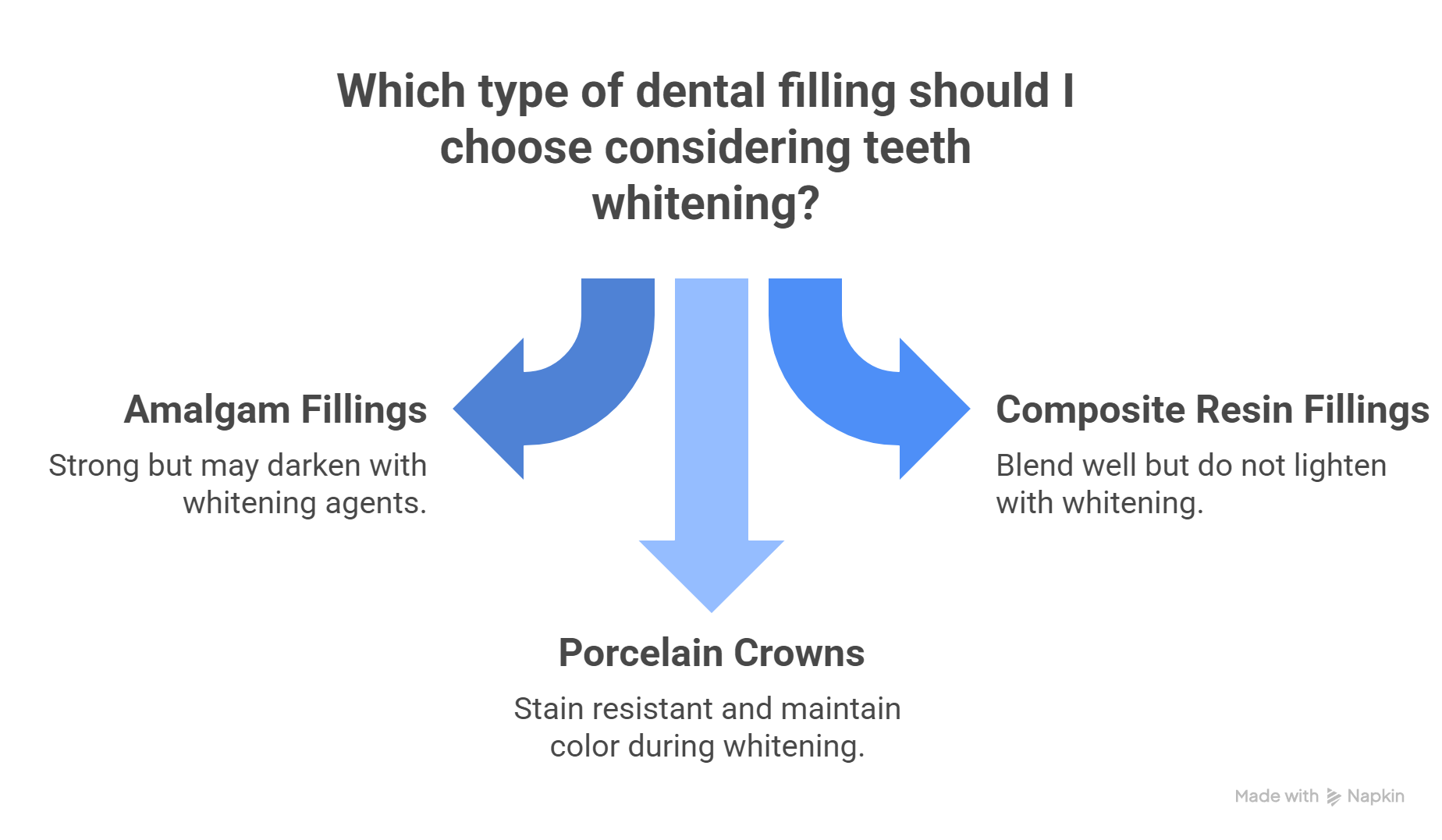
Different types of fillings react differently when patients whiten their teeth, and knowing this helps set realistic expectations:
Amalgam Fillings
Amalgam fillings, often called silver amalgam, are strong but can sometimes darken or cause spots if exposed to whitening agents. This discoloration is not a whitening effect but rather a chemical reaction with the metal.
Composite Resin Fillings
Composite fillings, made from resin composite materials, blend with natural teeth at placement but will not lighten with whitening treatments. If teeth whiten around them, the contrast may make these restorations more noticeable.
Porcelain or Crowns
Porcelain crowns or cosmetic crowns are stain-resistant and keep their original shade. While this durability is an advantage, it means whitening agents cannot alter their color, so they remain unaffected even as surrounding teeth brighten.
How Whitening Affects Natural Teeth vs Restorations
Whitening agents break down stains in enamel, making natural teeth noticeably lighter. Fillings or crowns, however, do not respond to whitening products. This creates a contrast effect, where newly whitened teeth appear brighter while existing restorations stay the same shade.
The visual difference is most striking when restorations are on visible surfaces like the front teeth. For patients aiming for an even appearance, understanding this mismatch is key before starting any whitening treatments.
Risks of Teeth Whitening with Fillings
Although whitening is generally safe, there are potential risks when dental work is involved:
-
Tooth sensitivity is common after using peroxide-based whitening agents.
-
Gum irritation may occur if the whitening gel touches soft tissues.
-
Uneven whitening happens when natural teeth lighten but restorations stay unchanged.
-
Surface degradation can occur. Research shows that hydrogen peroxide may increase roughness in composite materials, leading to plaque buildup or reduced shine.
In some cases, older restorations may show signs of wear or even need replacement after whitening.
Special Considerations for Front Teeth with Fillings
Your front teeth are the most noticeable part of your smile, which makes mismatched shades very obvious. If you have fillings or crowns here, whitening can highlight the difference between natural enamel and restorations.
Dentists may correct this by polishing composite resin to refresh its appearance or replacing fillings after whitening so they match the surrounding teeth. This ensures your smile looks even and natural instead of patchy.
Professional Treatments and Alternatives
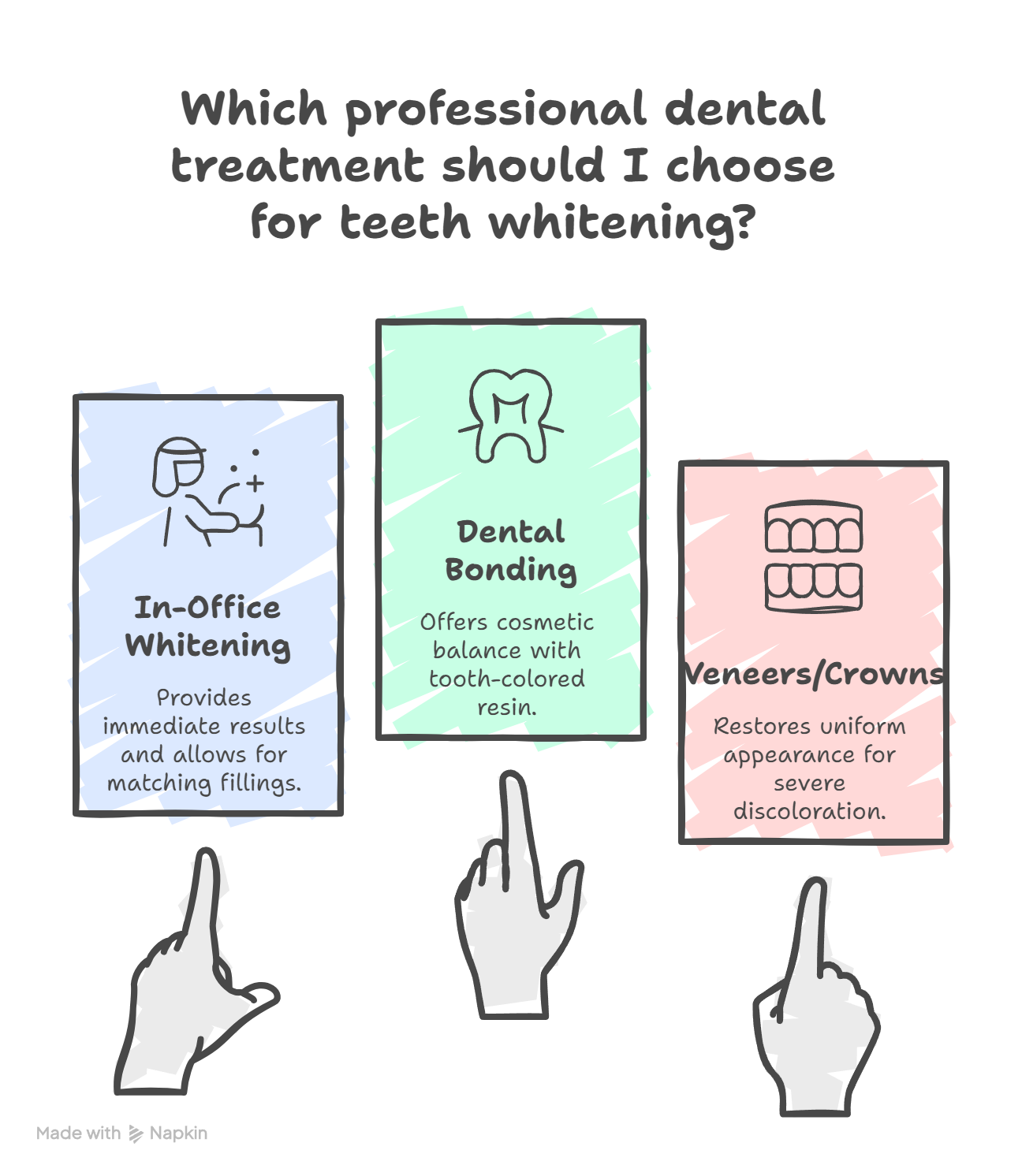
Whitening with dental restorations should always be supervised by a dentist. The American Dental Association advises that restorations be evaluated before whitening to prevent uneven results.
Professional solutions may include:
-
In-office whitening, followed by replacing existing fillings to match brighter teeth.
-
Dental bonding with tooth-colored resin for cosmetic balance.
-
Veneers or cosmetic crowns are used to restore a uniform appearance when discoloration is severe.
-
Each treatment is tailored to the patient’s needs to help them achieve a consistent and confident smile.
How to Maintain a Bright Smile with Fillings
Once you achieve the look you want, the key is maintenance. Daily care prevents discoloration and keeps both teeth and restorations looking their best:
-
Brush and floss consistently.
-
Use whitening toothpaste occasionally to remove surface stains.
-
Rinse with fluoride mouthwash to prevent discoloration.
-
Limit coffee, tea, and red wine, and quit smoking to reduce new stains.
-
Keep up with regular dental checkups so your dentist can monitor restorations and surrounding teeth.
For at-home maintenance, SNOW offers safe, enamel-friendly products designed to support whitening even when fillings are present. Options include the SNOW Teeth Whitening Kit, the SNOW LED Whitening Electric Toothbrush, and the SNOW Whitening Toothpaste with Hydroxyapatite. These tools protect enamel, reduce sensitivity, and help you keep a consistent, healthy smile long after professional treatments.
Final Thoughts
Teeth whitening with fillings is possible, but it requires realistic expectations. Whitening agents only work on natural enamel, which means dental fillings and crowns will not lighten. This can create shade differences, especially if restorations are visible in your smile.
The key is planning with your dentist, choosing safe whitening treatments, and updating restorations when needed for the most consistent look. With the right approach, you can achieve a brighter smile without compromising your dental work.
At SNOW, we design whitening solutions that are gentle on enamel, effective for natural teeth, and safe to use alongside restorations. From our best-selling SNOW Teeth Whitening Kit to our Hydroxyapatite Whitening Toothpaste, our products help you protect your dental work while keeping your smile radiant and healthy. Explore SNOW today!
Frequently Asked Questions
We’re here to help with any questions about whitening safely with fillings.
Can I Whiten My Teeth If I Have Fillings?
Absolutely! You can whiten your teeth even if you have fillings. Just keep in mind that whitening only lightens natural enamel, not filling materials. After whitening, your fillings might look a bit darker compared to your brightened teeth. Usually, your dentist can replace or adjust fillings to match your new tooth color so your smile looks seamless.
Can Teeth with Composite Fillings Be Whitened?
Yes, teeth with composite fillings can be whitened safely, but the composite itself won’t change color. This might cause some mismatch between your natural teeth and fillings. Your dentist may suggest replacing or polishing composite fillings after whitening to keep your smile even and bright.
How Long Should I Wait After Getting a Filling Before Whitening?
It’s best to wait about 1–2 weeks after a new filling before starting whitening. This gives the filling time to fully set and helps avoid sensitivity or damage during whitening. Waiting also ensures the filling bonds well so your whitening results are even.
Can I Get Professional Whitening If I Have Cavities?
It’s a good idea to treat cavities before whitening. Whitening over decayed spots can cause sensitivity, worsen decay, and lead to uneven color. Once your cavities are fixed and your teeth are healthy, professional whitening is safe and can give you great, even results. Taking care of dental issues first makes your whitening experience better and safer.
If you liked this article, you might find this related post helpful:
- Can You Use Teeth Whitening Strips While Breastfeeding?
- Best Time to Use Teeth Whitening Strips
- Can You Sleep with Teeth Whitening Strips?
- Can I Drink Water After Teeth Whitening Strips?
- Is It Bad to Use Teeth Whitening Strips Everyday?
- Why Don't Whitening Strips Cover All Teeth?
- Teeth Whitening While Breastfeeding
- Tooth Whitening Pregnant
- How Often Should You Whiten Your Teeth with Blue Light?
- Blood Stains on Teeth
- Yellow Stains in Between Teeth
- How to Fix Stained Teeth
- Hard Water Stains on Teeth
- Stained Teeth Causes
- Does Porcelain Teeth Stain?














































